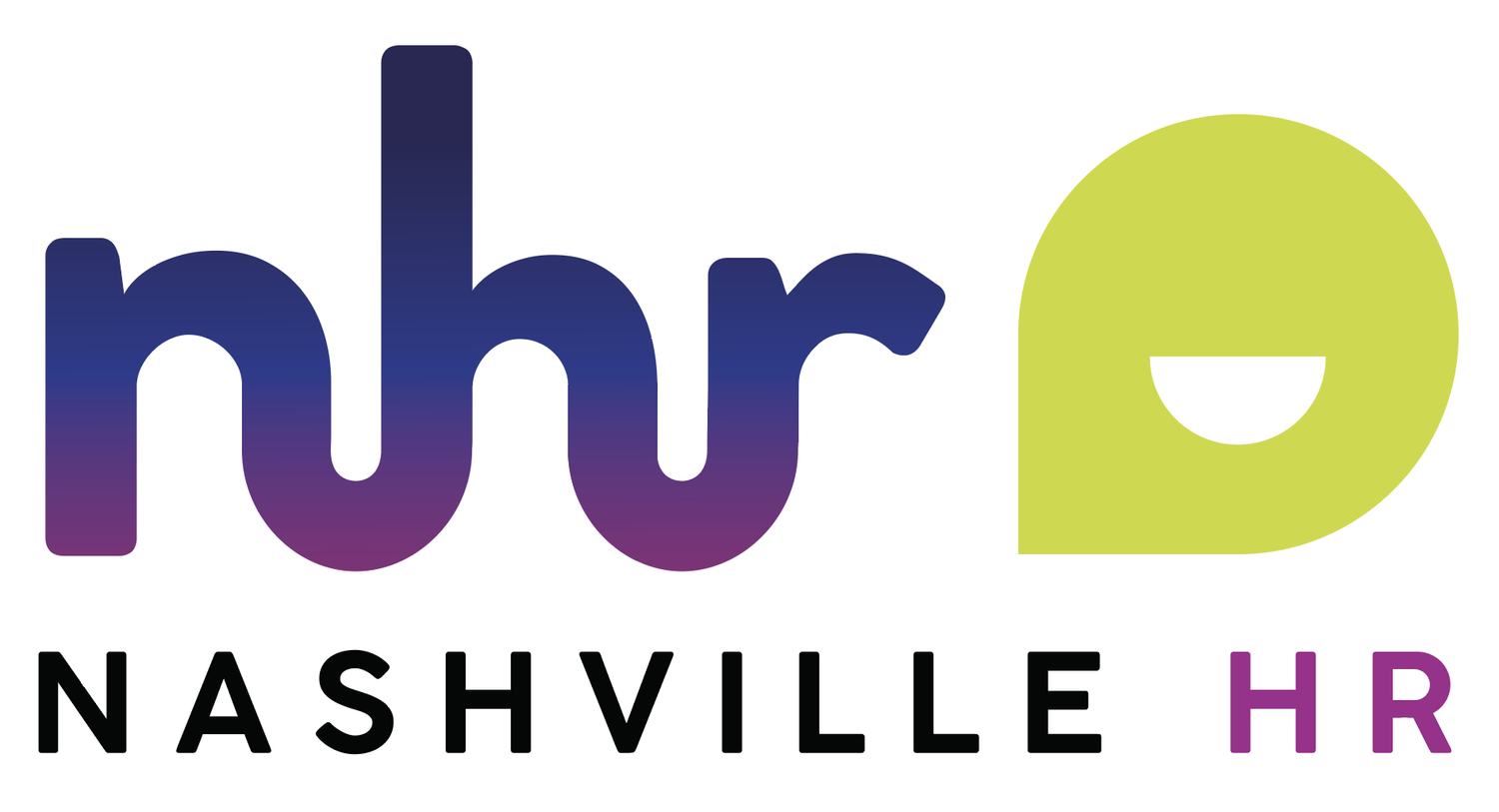
CASE STUDIES
Case Study I
An employee asks for a mid-year raise
The background: A valued employee had been with an organization for many years. They approached their employer mid-year to ask for a 15% raise. The employer was conflicted and worried that if they granted the request, others on the team would expect the same, but if the request wasn’t granted, the employee would leave the company.
The challenge: The employer didn’t want to lose the employee, but was concerned about payroll expenses and what might happen if other staff found out about the mid-year raise.
The solution: First, we assessed all positions in the organization to determine how they compared to relevant market median rates. Next, we reviewed the overall goals of the organization. Finally, we crafted a custom salary policy for the organization so the decision-makers would have the tools to appropriately respond to employees’ requests in a way that built trust, whether or not they received the full raise requested.
The results: The employee appreciated that their employer took their request seriously and was willing to speak openly and frankly about how their salary compared to relevant market medians, as well as making the entire salary determination process more transparent. Additionally, the employee’s trust and job satisfaction increased, and the employer enjoyed having the confidence of knowing that they did right by the employee and made a judicious financial decision based on relevant market data.
Case Study II
A sexual harassment claim
The background: An employee complained to her manager that a coworker kept asking her to go out on dates.
The challenge: The employer wasn’t sure whether asking someone out on dates is considered sexual harassment. They certainly wanted to avoid a situation where the complainant elevated the situation to the Equal Employment Opportunity Commission and they also wanted to avoid provoking a defamation lawsuit by the alleged harasser.
The solution: We conducted an investigation of the complaint promptly, thoroughly, and objectively. Detailed written records of the investigation were kept, and the matter was treated confidentially. We also recommended that an employment law attorney assist with the situation. As part of the investigation, the company’s nondiscrimination policy and training materials were reviewed. Throughout the process, communication with the complainant and the alleged harasser was frequent and clear. When the investigation was concluded, the complainant and the alleged harasser were each made aware of the results.
The results: The organization complied with federal nondiscrimination employment law while treating both employees with respect. The risks of an EEOC investigation or lawsuit were mitigated. Additionally, the overall health and wellbeing of the organization’s culture was preserved. The employer was able to demonstrate trustworthiness to uphold the organization’s values in a challenging situation.
Case Study III
Exempt vs. Non-exempt Employees
The background: The employees in an organization were salaried, but the employer wasn’t 100% sure all positions actually met the criteria for exemption from overtime earnings.
The challenge: The company wanted to avoid overtime pay when possible, but not if it meant the organization was taking legal risks. The employer truly cared about their employees and wanted to pay them fairly.
The solution: We gathered up-to-date information about the salary and duties of each position. We then applied two tests: (1) a salary test and (2) a duties test to each position in the organization to determine if it met the criteria for exemption from overtime. For positions that were salaried but didn’t satisfy the criteria for exemption, we offered options for how to bring these into compliance.
The results: The organization received updated job descriptions for each of its positions and gained peace of mind knowing that their job classifications are in compliance. The organization was reassured that they were paying their employees fairly, and also reduced the risk that an employee would file a complaint that would trigger an investigation.

